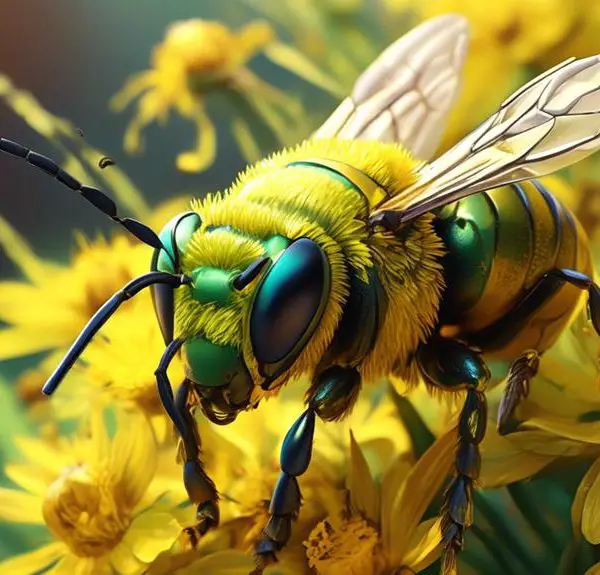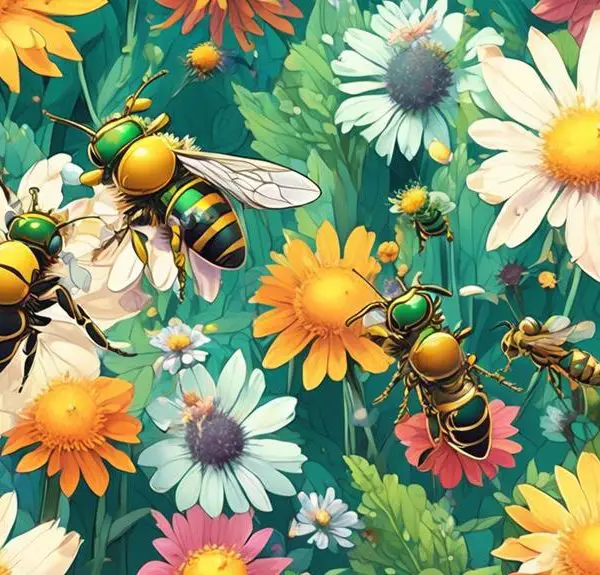Learn about the fascinating world of sweat bees and uncover the factors that determine their rarity in various habitats worldwide.
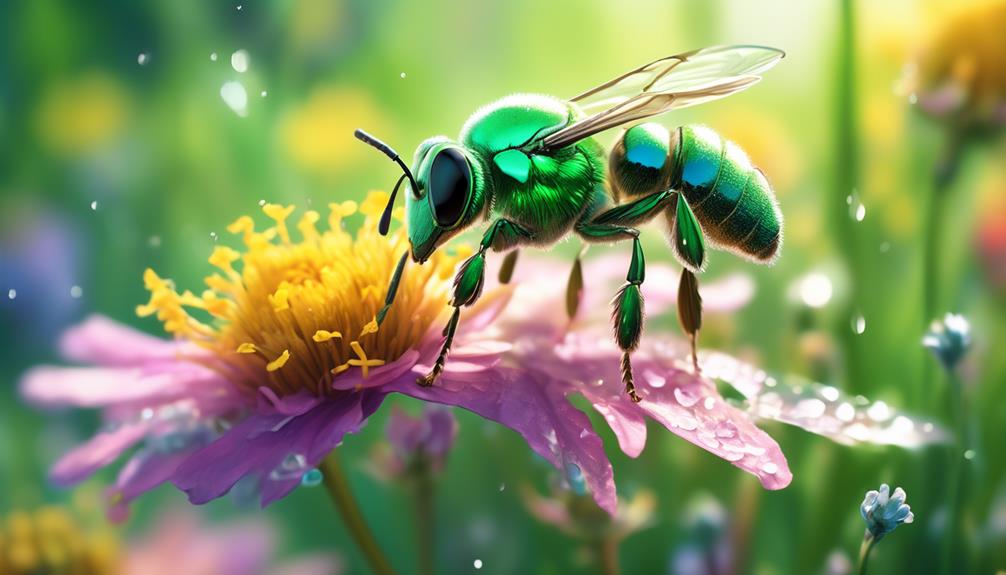
Are Sweat Bees Rare
Like a bee to honey, you're drawn to the intriguing world of sweat bees. You've probably heard about them, but their rarity might be puzzling you. Are they a common sight? Or are they a precious gem in the vast diversity of bee species?
Globally, sweat bees are peppered across numerous habitats. However, their visibility and prevalence can vary significantly due to several factors.
As you navigate through this discussion, you'll uncover the intriguing factors that determine the rarity of sweat bees, sparking a curiosity that'll keep you hooked.
Key Takeaways
- Sweat bees are a large group of bees with over 1000 species worldwide.
- Habitat loss, pesticide usage, pollution, climate change, and lack of diversity in local flora are factors impacting sweat bees' rarity.
- Sweat bees are important pollinators, contributing to plant reproduction and diversity.
- Conservation efforts, such as creating bee-friendly spaces and supporting local organizations, are crucial for sweat bee preservation.
Understanding Sweat Bees
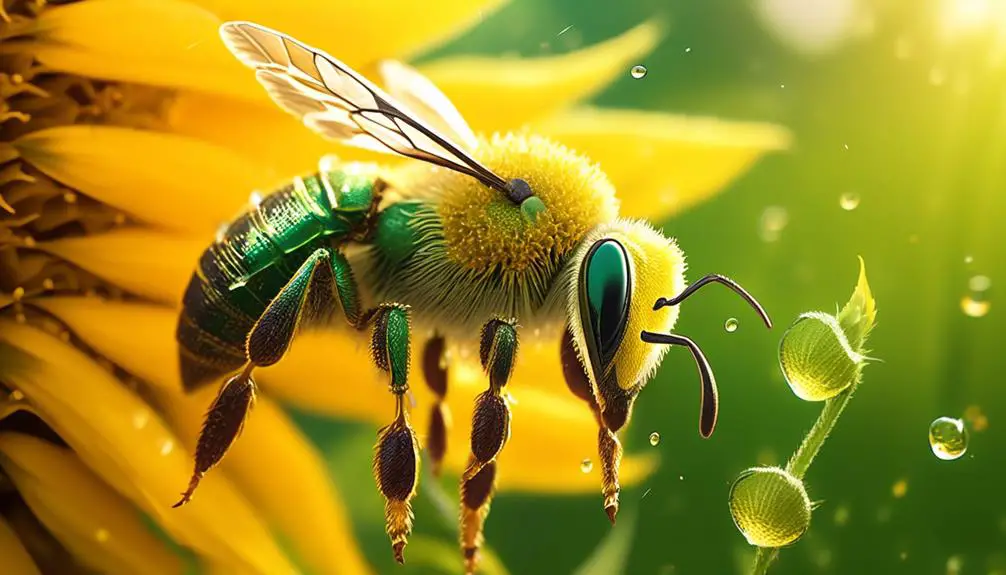
To fully understand sweat bees, you need to know that they're a large group of bees, with over 1000 species worldwide, attracted to human sweat for its salt content. What you mightn't know is that these bees aren't as menacing as they sound. They're actually very peaceful, and would only sting if threatened or squashed.
Now, let's talk about their appearance. They're smaller than honeybees, ranging in size from nearly invisible to the naked eye to about half an inch. Sweat bees can be metallic or non-metallic and they come in a variety of colors. Isn't it exciting to know these tiny creatures have such diversity?
The majority of sweat bee species are solitary. They make their nests in a variety of places like in the ground or in wood. However, some species are semi-social and live in small groups. These bees play a crucial role in pollination, helping to maintain biodiversity.
Sweat Bees' Global Distribution

Given their vast species count, you might be wondering about the global distribution of sweat bees. Well, you're in luck because these small yet fascinating creatures are spread across various regions worldwide.
Sweat bees are found on every continent except Antarctica. In North America alone, there are over 500 species. They're versatile and adapt to different climates, from tropical to temperate regions. They don't just survive in these areas; they thrive.
Europe, Asia, Africa, and Australia also host a variety of sweat bee species. They're especially abundant in the tropics, where the majority of the sweat bee species reside. However, you'll also find them in arid regions and even in high-altitude areas in the Himalayas.
Sweat bees aren't picky about their habitats either. They're found in forests, meadows, gardens, and even in your backyard. These bees don't build large, noticeable hives like honey bees. Instead, they prefer to nest in the ground or in rotting wood, making them harder to spot.
Factors Impacting Sweat Bees' Rarity
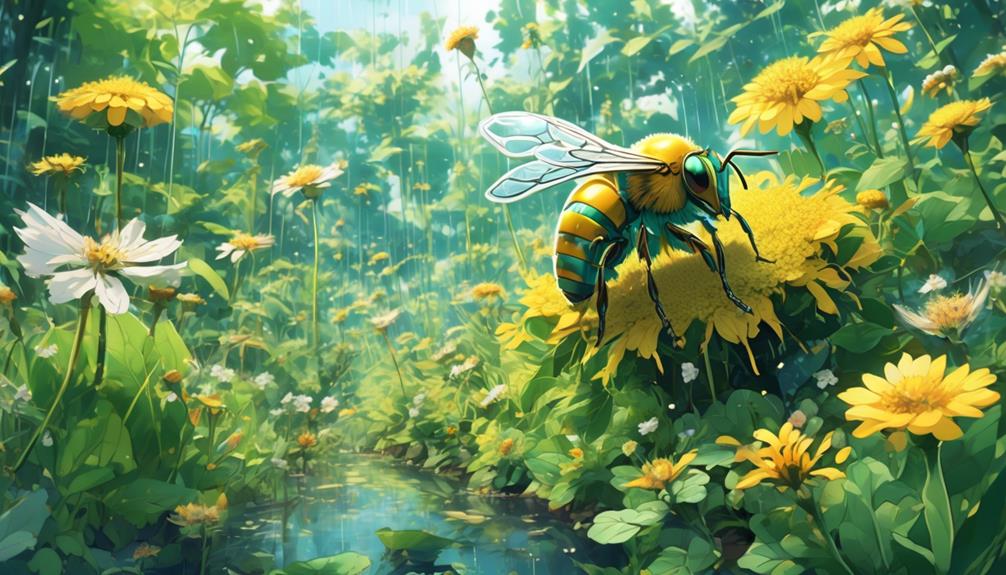
Despite their widespread distribution, several factors can impact the rarity of sweat bees in certain areas. The primary factor is habitat loss, usually due to urbanization or agriculture. You see, sweat bees require specific environments such as sandy soils or open woodlands to nest. When these areas are destroyed, sweat bees can't survive.
Pesticide usage is another factor. As you probably know, bees aren't immune to these chemicals. When used frequently, pesticides can decimate sweat bee populations. Pollution, too, takes a toll. It disrupts their food supply, as sweat bees rely on local flowers for nourishment.
Climate change is also a significant factor. Sweat bees are highly sensitive to changes in temperature and precipitation. Warming temperatures could push these bees out of their current habitats or disrupt their breeding patterns.
Lastly, a lack of diversity in local flora can impact sweat bees. They're known for their role as pollinators, and if the variety of plants in an area is limited, so too will be the sweat bee population. So, if you're wondering why you're not seeing many sweat bees, these factors could be the culprit.
Importance of Sweat Bees in Ecosystem
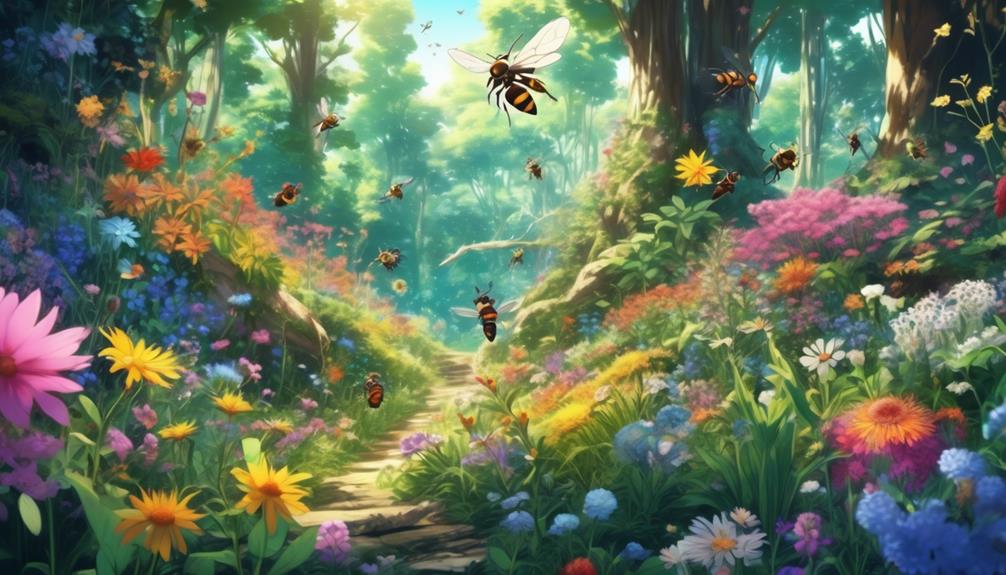
You might wonder why sweat bees matter, but these tiny creatures play an essential role in our ecosystem. They're major pollinators, transferring pollen from one plant to another as they collect nectar. This process is vital for plant reproduction, and without it, our world would look drastically different.
Sweat bees are especially important because they're not picky. While some bees only pollinate specific plants, sweat bees are generalists. They'll visit a wide variety of flowers, increasing the chances of cross-pollination. This diversity is key to a healthy, robust ecosystem.
And it's not just plants that benefit. Many animals, including humans, rely on the fruits, nuts, and seeds that result from bee pollination. Without sweat bees, our diets would be less varied and nutritious.
Also, sweat bees help keep certain pests in check. They're predators of various insects and their larvae, contributing to the ecological balance.
Sweat Bees Conservation Efforts
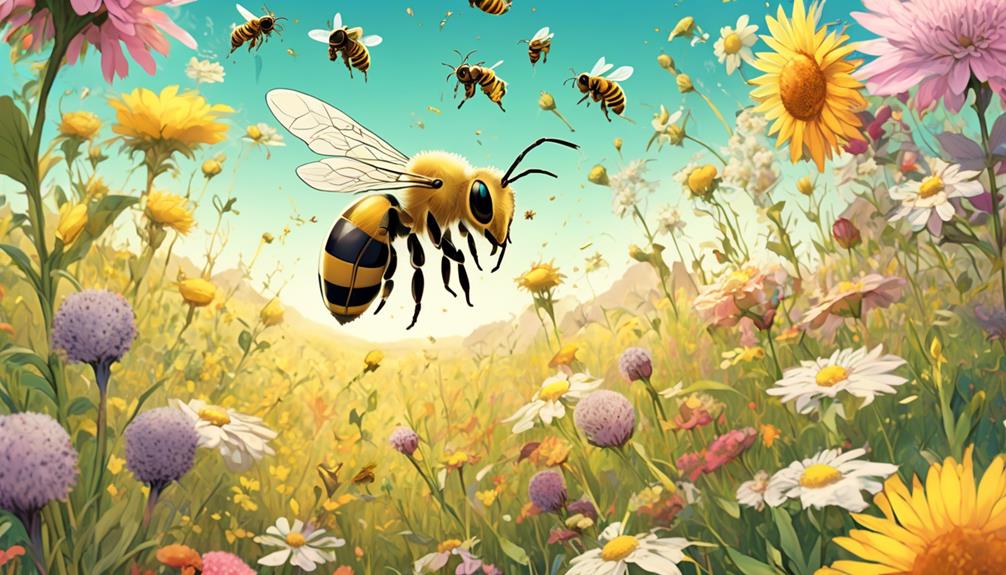
Recognizing their vital role in our ecosystem, numerous conservation efforts are underway to protect and preserve sweat bees. These small bees, often unnoticed by us, are crucial pollinators. They're under threat due to habitat loss, pesticide use, and climate change. But don't lose hope, you can contribute to their preservation.
- First, you can create a friendly environment in your garden. This means planting native flowers and refraining from using harmful pesticides.
- Second, you can support local conservation organizations. They're doing the hard work of protecting sweat bee habitats and could use your donations or volunteer hours.
- Third, spread the word. Educating others about the importance of sweat bees and the threats they face will create a ripple effect.
Conclusion
So, you see, sweat bees aren't as rare as you might think. They're spread globally, though certain factors can impact their numbers.
Remember, these tiny creatures play a huge role in our ecosystem, pollinating plants and crops.
So, let's acknowledge their importance and support conservation efforts to protect these invaluable, often overlooked, members of our natural world.
It's all about understanding and appreciating the small wonders of nature that surround us.

